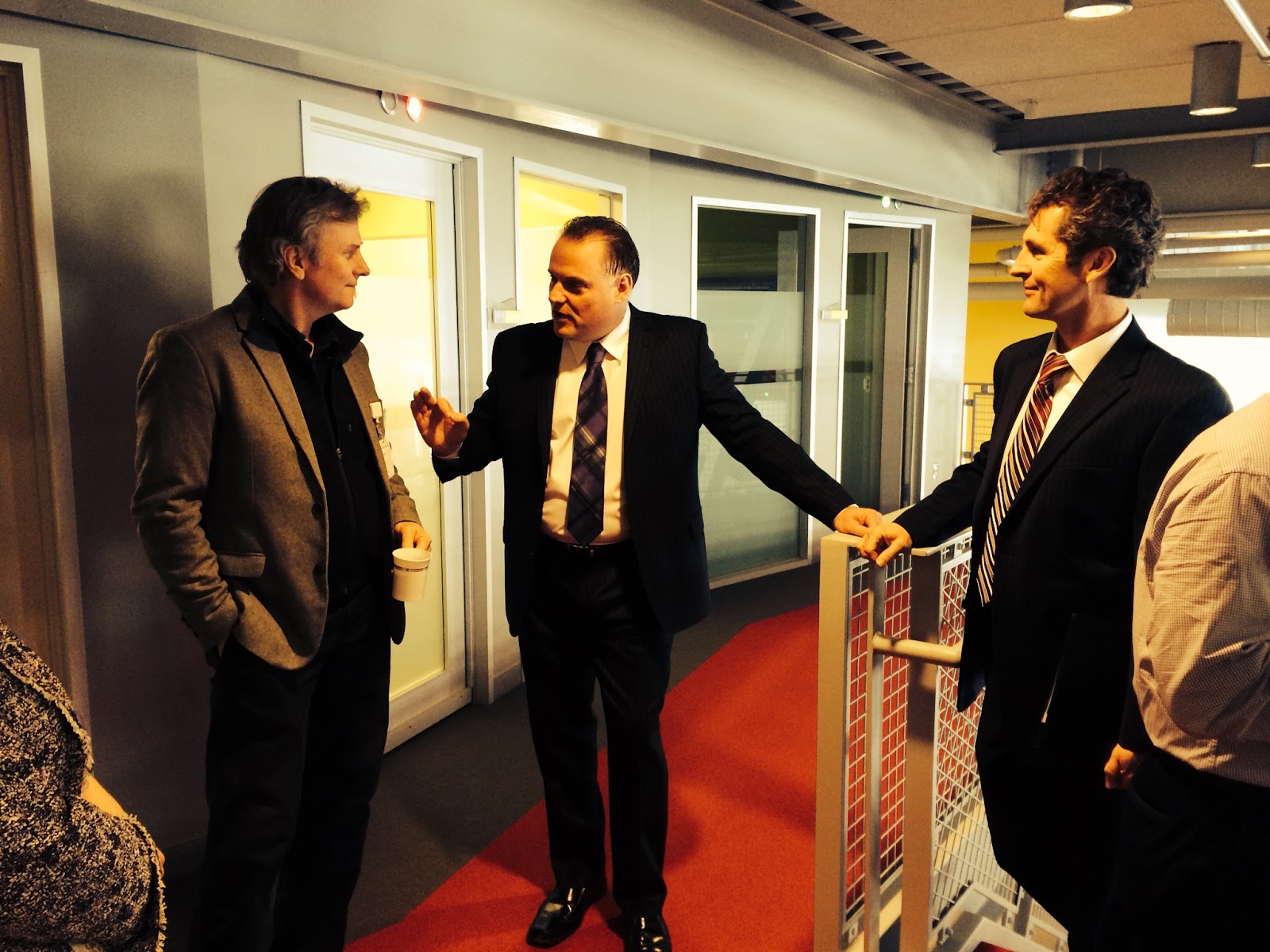So what are they again?
Zero Net Energy Buildings (or ZNEBs) are most commonly defined as buildings that produce as much energy as they consume on an annual basis (this energy must be renewable).
However, there are actually a few different ways for buildings to achieve Zero-Net Energy status: the National Renewable Energy Lab (NREL) offers four definitions of ZNEBs in their report titled Getting to Net Zero. The first builds on the common definition (above), but is specifically tied to the project site: a building that produces at least as much renewable energy as it uses in a year, when accounted for at the site. The second version looks at the source of the energy, so a building that produces, and/or purchases as much renewable energy as it uses in a year. The third definition focuses on energy costs, which means the amount of money the utility pays the building owner for exporting renewable energy to the grid is at least equal to the amount the owner pays the utility for the energy services it uses over the year. The fourth way of defining ZNEBs concentrates on emissions; so the building must produce and/or purchase enough emissions-free renewable energy to offset emissions from all energy used in the building annually.
While these definitions may seem convoluted, they are in direct response to the complex environment of regulations, market forces, and financial incentives that affect different building owners and building types in a variety of ways. The variation between the definitions is an attempt to accommodate the diversity of our built environment so that all parties may participate in the ZNEB market.
These definitions also come into play when you consider recent planning initiatives for Eco-Districts and Zero Net Energy Neighborhoods. Again, there’s more than one way to get to Net-Zero and it won’t play out the same way in every building or every community. While ZNEBs are technically ‘just buildings’ they are actually part of a broader toolkit for transforming the built environment. It’s up to us to assess the potential ways that ZNEBs might be integrated into broader planning initiatives in order to achieve the maximum impact for our communities and the environment.
Investing in ZNEBs not only ensures positive environmental impact, but also offers potential for significant cost savings through more efficient and holistic design strategies, as well as insulation from swings in non-renewable energy costs.
How do we get more of them?
ZNEBs are becoming more ubiquitous, and Massachusetts has already made significant headway in supporting innovation in the market. The Department of Energy and Resources (DOER) announced 25 projects selected for the Pathways to Zero Net Energy Program, which is a $3.5 million initiative designed to facilitate the transition to the next generation of high-performance buildings.
The next step is to pass Senate Bill 1578: An Act Promoting Zero Net Energy Buildings
in the Commonwealth, which is based on recommendations from Governor
Patrick’s Zero Net Energy Buildings Task Force, and was sponsored in the
2013-2014 session by Senator Jamie Eldridge. The bill was discharged to the
committee on Senate Ethics and Rules in March of 2014, but no further action
was taken. This year Senator Eldridge is sponsoring the bill again, under
petition of Representatives Chris Walsh, Denise Provost, Marjorie Decker and
David Rogers.
The bill seeks to change line “o” of the Massachusetts General Law, Chapter 143, Section 94, and add a line “s” after line “r” in the same section. You can read the specifics available through the advocacy resources section of the USGBC MA website, but there are several key changes to take note of.
In line “o” the bill seeks to establish a Zero Net Energy Building standard for new residential and commercial construction by 2020 and 2030 respectively. Also, the bill would implement regulations as part of the state building code, along with more stringent energy efficiency provisions requiring incremental improvements, starting with a 30% increase in efficiency over the International Energy Conservation Code.
In line “s” the bill calls for public input and consultation with the DOER to establish separate definitions for Zero Net Energy Buildings in both residential and commercial sectors by 2017 and 2018 respectively. The bill calls for the definitions to take into account zero net energy building definitions established in other places, as well as the current and anticipated climate of Massachusetts.
In support of the bill, and in anticipation of the public process that will unfold to produce appropriate definitions for ZNEBs in Massachusetts, the USGBC MA chapter will provide further blog posts on ZNEB practices, policies and projects in other states as well as right here in Massachusetts.
We also want to invite you to the next Green Breakfast, Thursday, March 19th at our Headquarters in downtown Boston. In addition to providing additional information on ZNEBs, we will also have presentations on Property Assessed Clean Energy financing (PACE) and Net-Metering.



















.jpg)
























